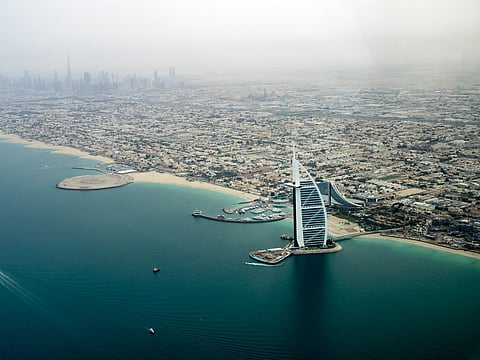

The Middle East and North Africa (MENA) region can look forward to solar power projects worth $15 billion to come online over the next five years, according to projections made by the Middle East Solar Industry Association (MESIA).
In the report Top Solar Projects MENA 2019 prepared ahead of the Solar Asset Management MENA Conference in November 2019 being organized by solar events organizer Solarplaza, MESIA projections see UAE as leading the region with the largest operational and project pipeline among the top 5 MENA markets.
UAE's market share is 58% with the major project being the 1,177 MW Noor Abu Dhabi that came online earlier this year, as per local media reports (see 1.17 GW Sweihan Solar Project Energized). The UAE is followed by Egypt with 23%, Jordan with 10%, Morocco with 6% and Iran with 3% share of the total capacity.
Currently, the MENA market is estimated to be more than $20 billion with almost 3 GW of operational solar power capacity, thanks to the declining cost of solar and increase in demand for clean energy, among other factors, according to the report.
"The MENA region is expected to require 267 GW of additional power generation capacity by the year 2030, representing a jump of 66%, which has led to the region turning its gaze to renewables and in particular solar to meet its needs," reads the report.
GTM Research in April 2018 forecasted five Middle Eastern nations – UAE, Saudi Arabia, Bahrain, Jordan and Oman – to install a cumulative of 22.4 GW by 2023 (see 5 Middle East Nations To Install 22 GW By 2030).
.png?w=50&fm=png)